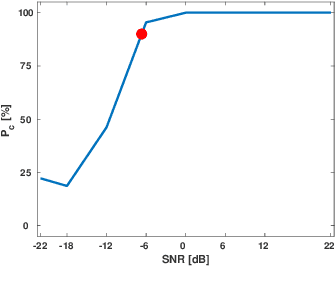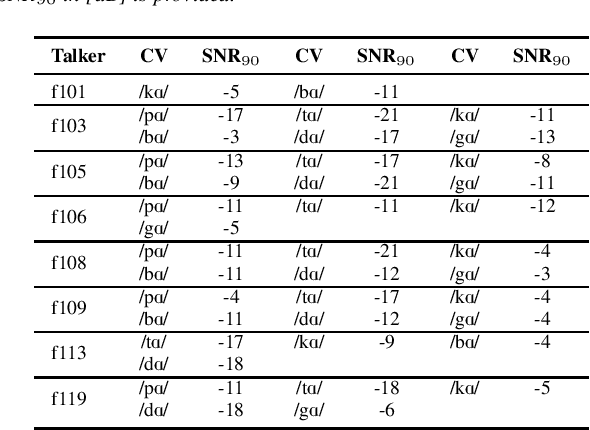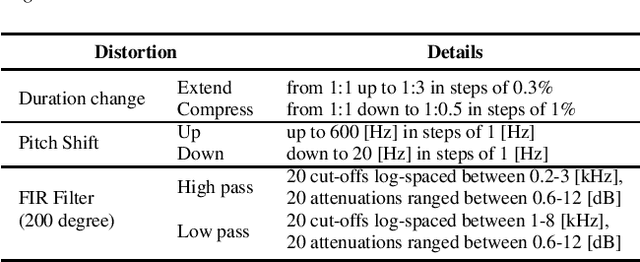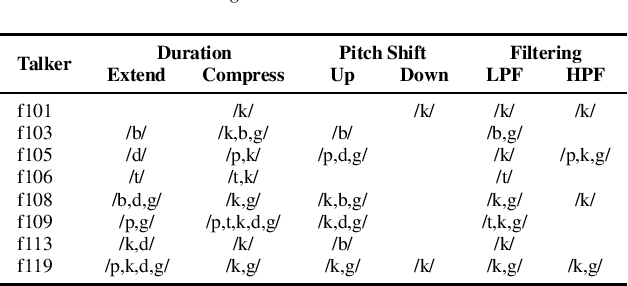Automatic Estimation of Inteligibility Measure for Consonants in Speech
Paper and Code
May 12, 2020



In this article, we provide a model to estimate a real-valued measure of the intelligibility of individual speech segments. We trained regression models based on Convolutional Neural Networks (CNN) for stop consonants \textipa{/p,t,k,b,d,g/} associated with vowel \textipa{/A/}, to estimate the corresponding Signal to Noise Ratio (SNR) at which the Consonant-Vowel (CV) sound becomes intelligible for Normal Hearing (NH) ears. The intelligibility measure for each sound is called SNR$_{90}$, and is defined to be the SNR level at which human participants are able to recognize the consonant at least 90\% correctly, on average, as determined in prior experiments with NH subjects. Performance of the CNN is compared to a baseline prediction based on automatic speech recognition (ASR), specifically, a constant offset subtracted from the SNR at which the ASR becomes capable of correctly labeling the consonant. Compared to baseline, our models were able to accurately estimate the SNR$_{90}$~intelligibility measure with less than 2 [dB$^2$] Mean Squared Error (MSE) on average, while the baseline ASR-defined measure computes SNR$_{90}$~with a variance of 5.2 to 26.6 [dB$^2$], depending on the consonant.
 Add to Chrome
Add to Chrome Add to Firefox
Add to Firefox Add to Edge
Add to Edge